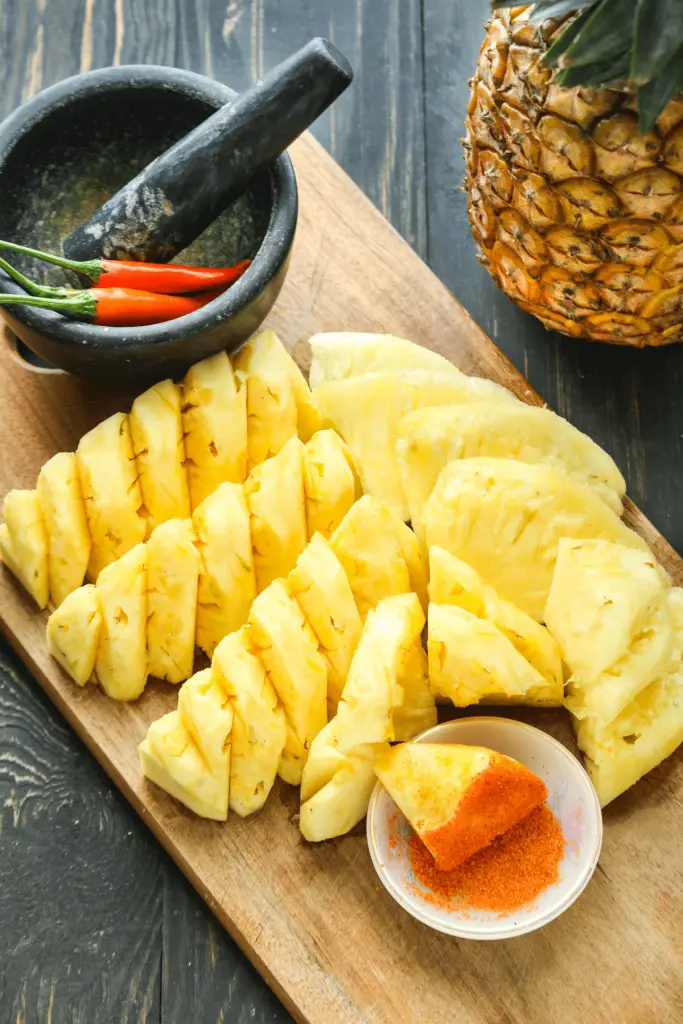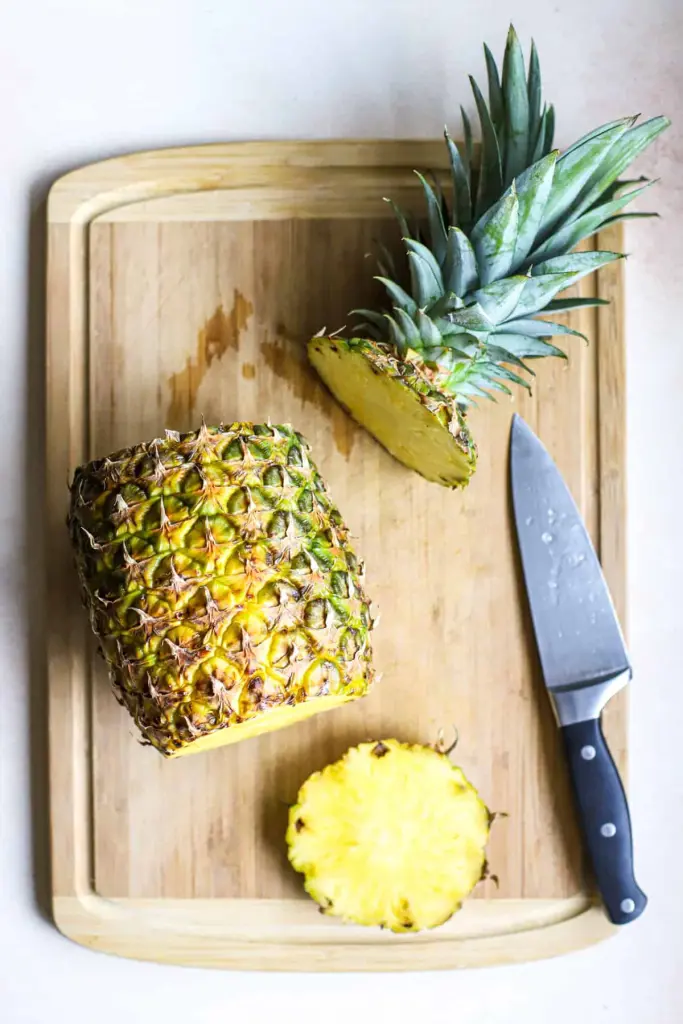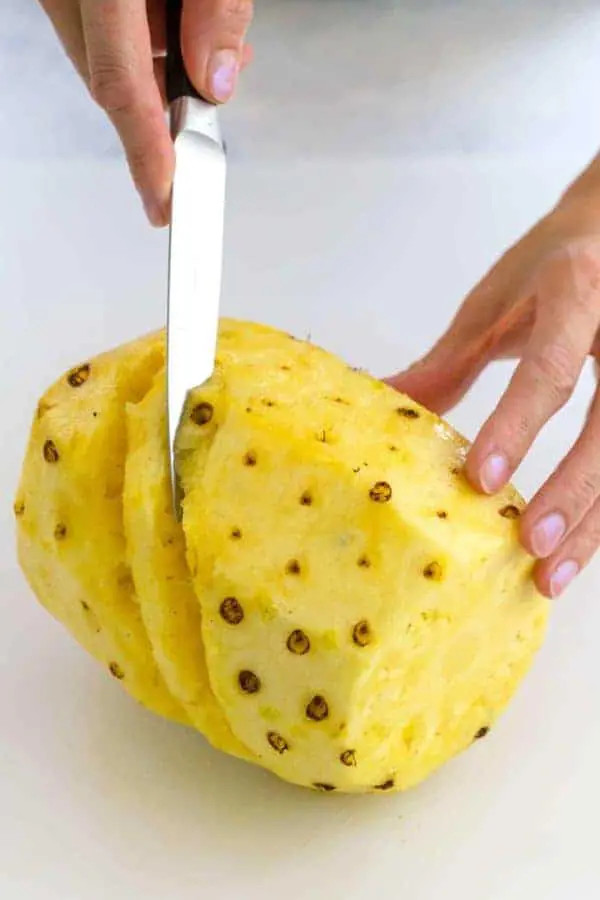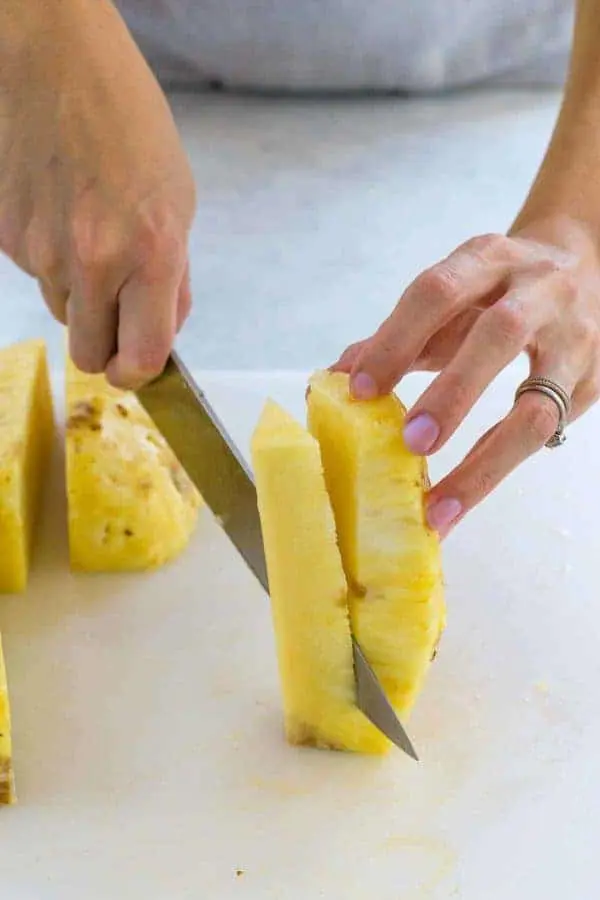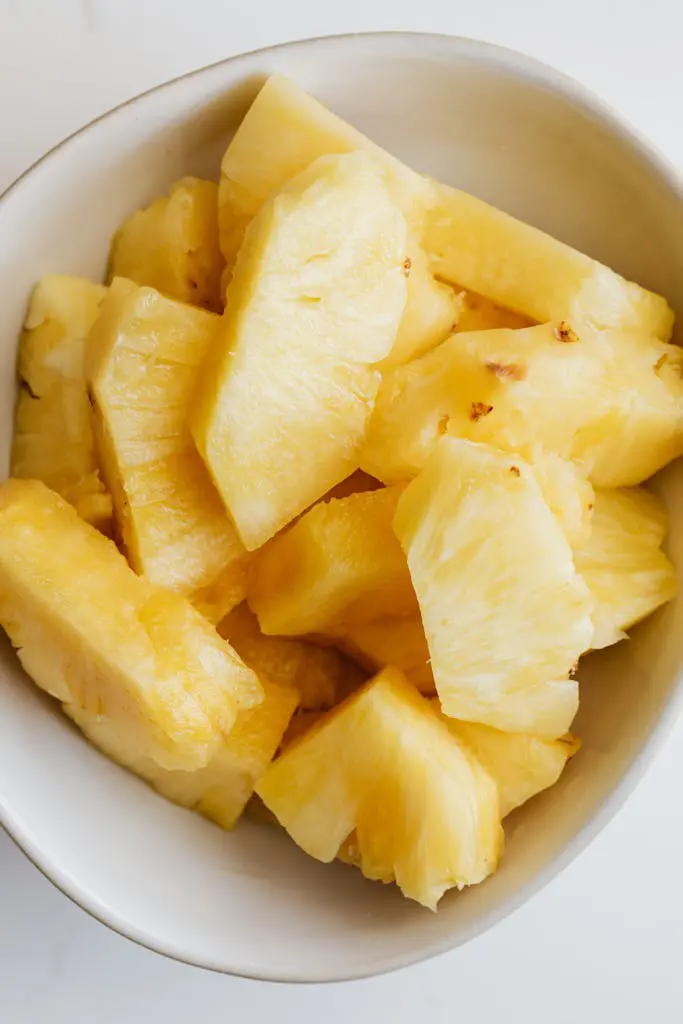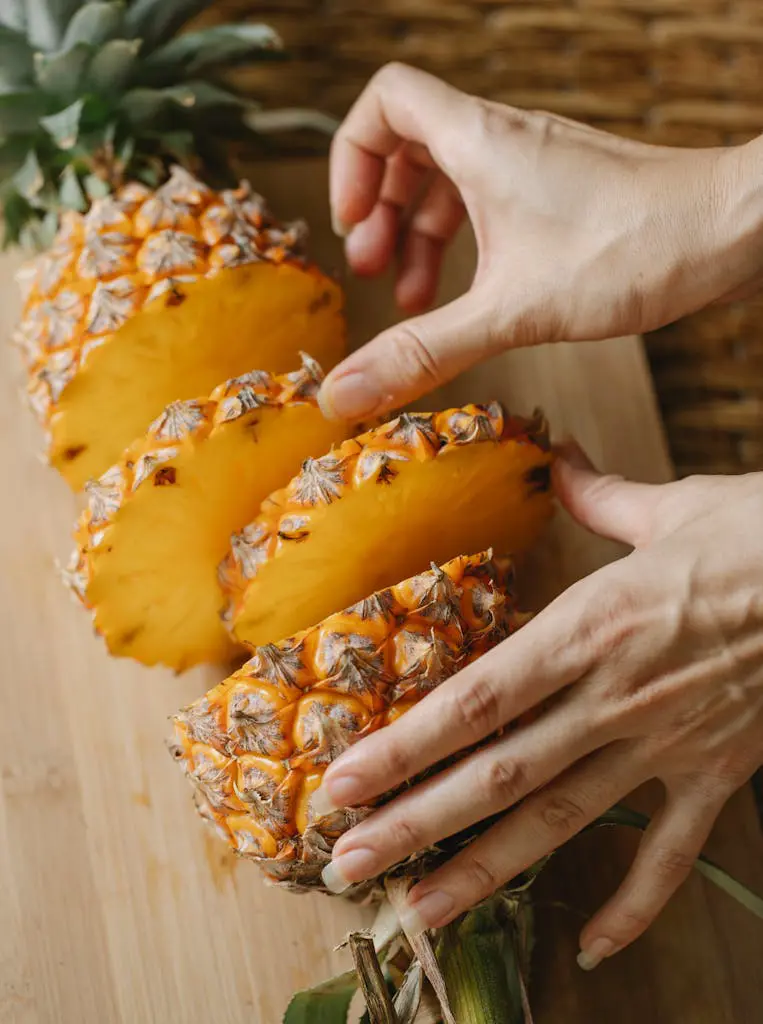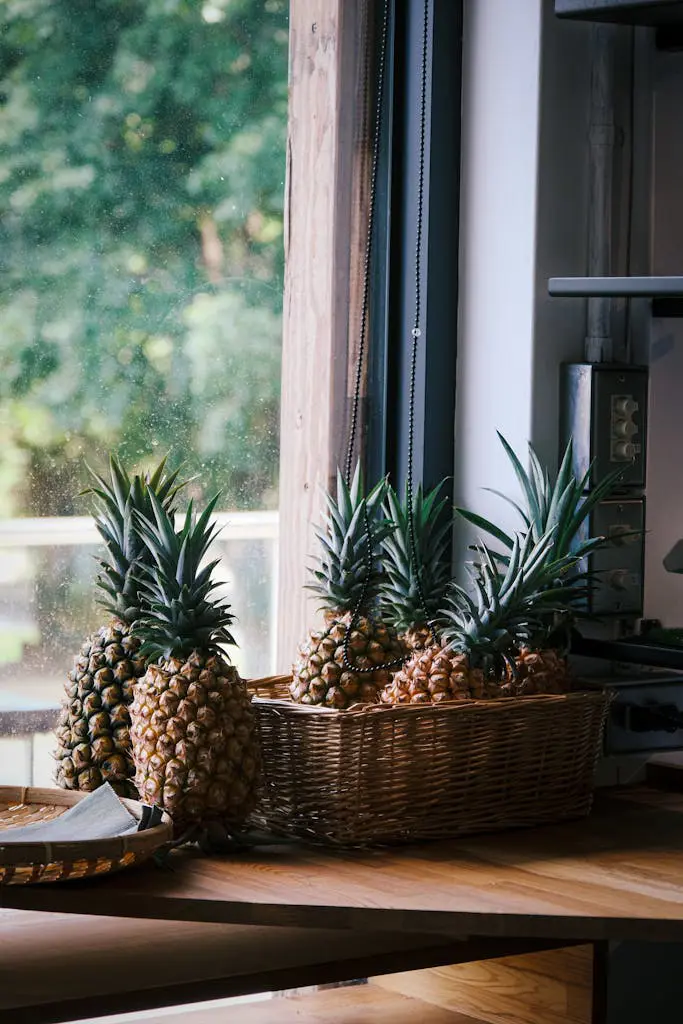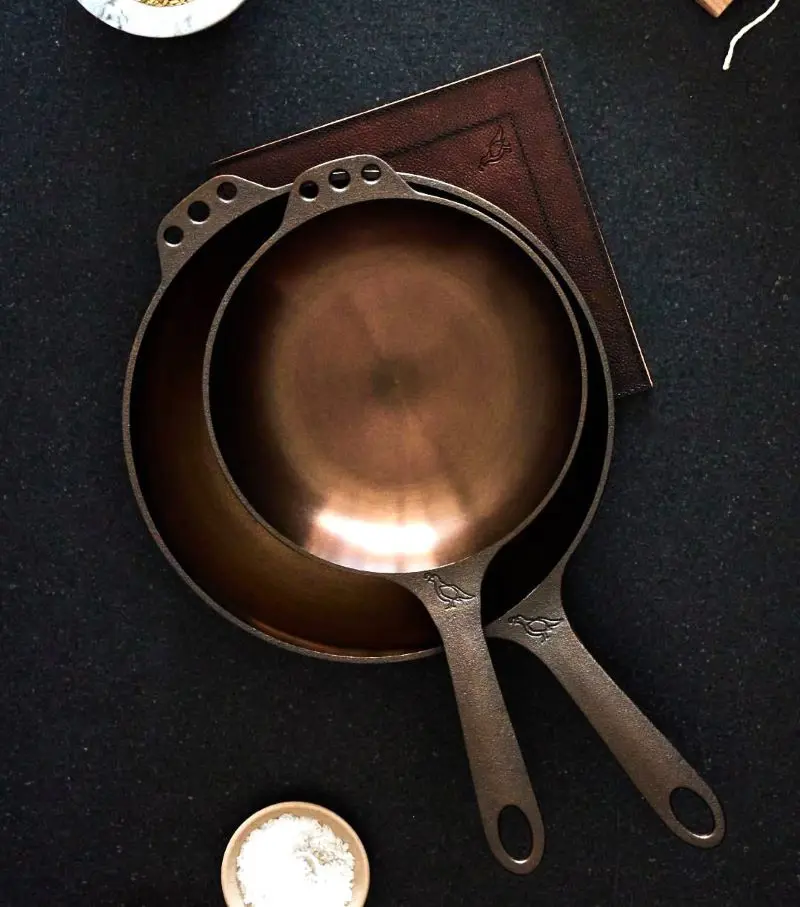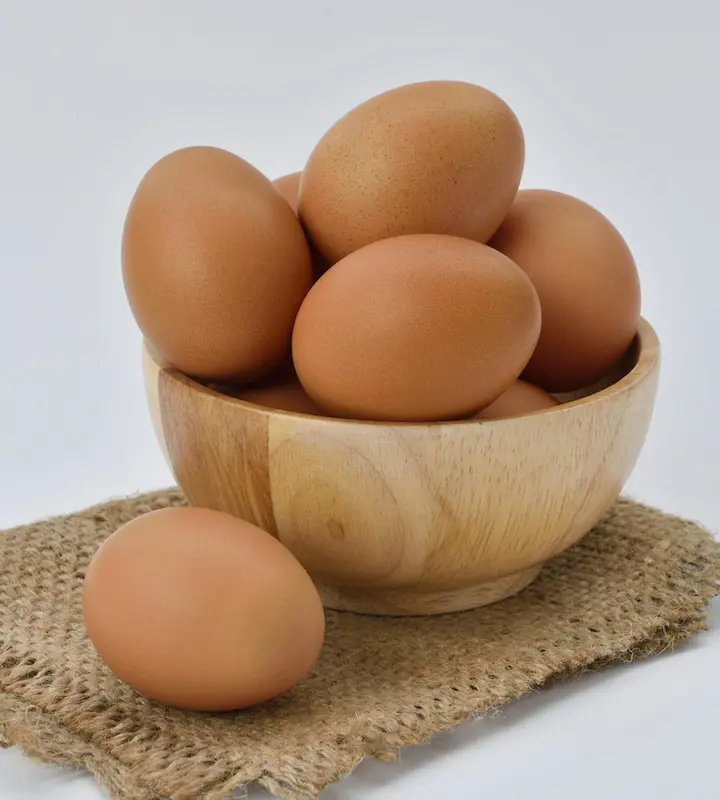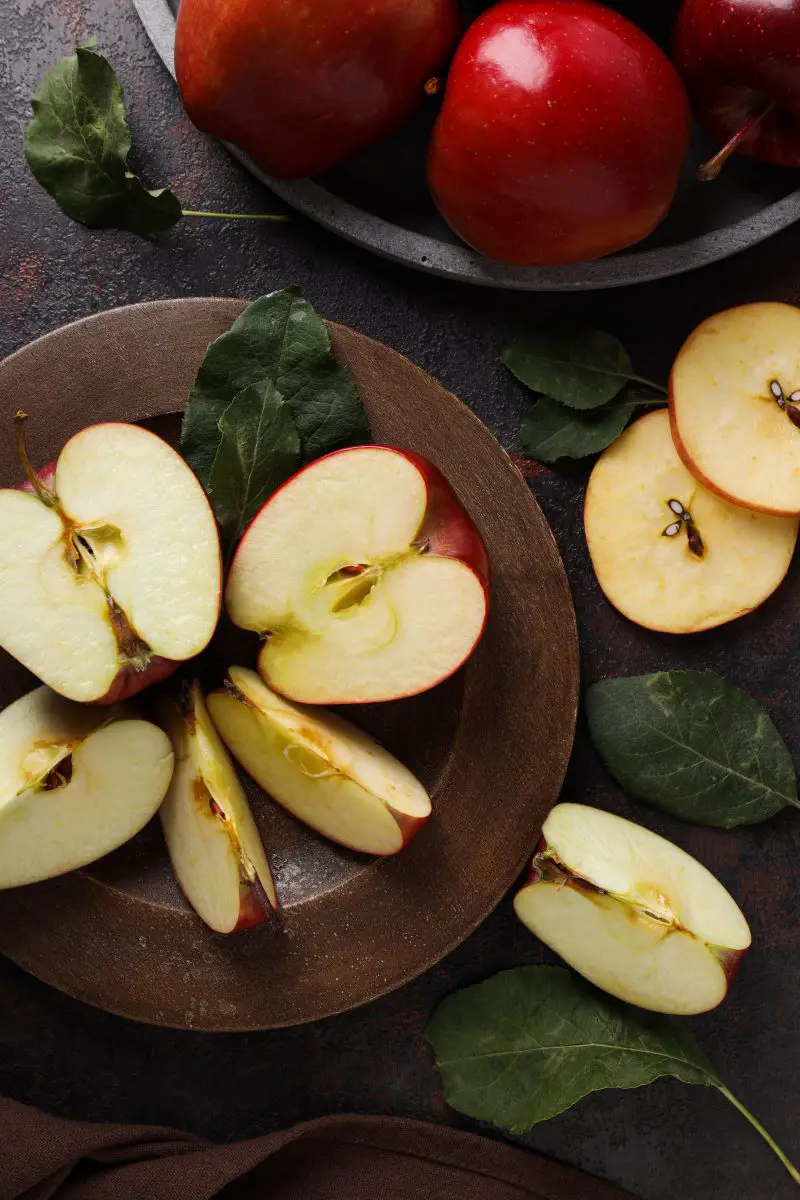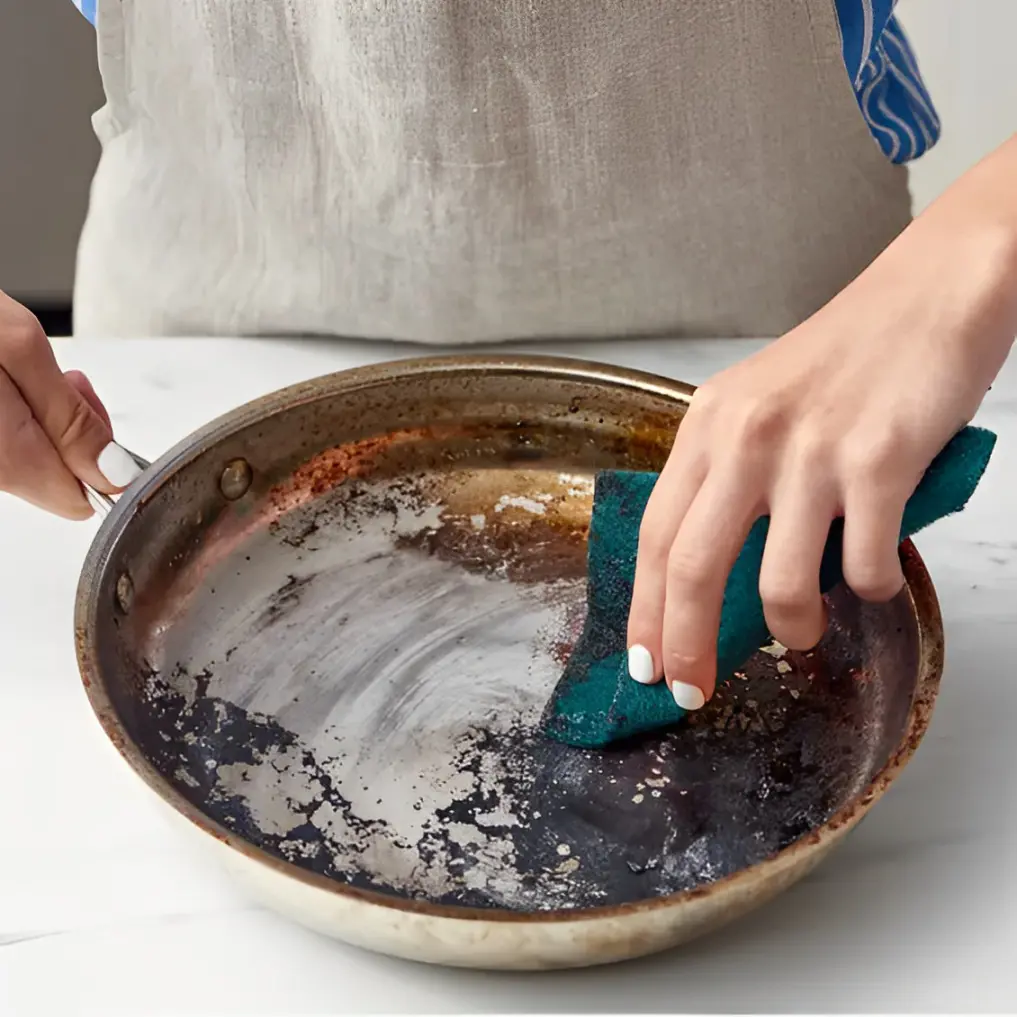How Do You Know If The Pineapple Is Ripe

Selecting the perfect pineapple is an art that can significantly enhance your culinary experience. A ripe pineapple offers a balance of sweetness and acidity that's hard to beat. Here's an in-depth guide to choosing the ideal pineapple:
1. Color: The pineapple's skin color is a key indicator of ripeness.
- Look for: A predominantly golden or yellowish-brown exterior.
- Avoid: Entirely green pineapples, as they were likely picked too early and won't ripen further.
- Note: Some green on the skin is okay, but it shouldn't be the dominant color.
2. Aroma: A ripe pineapple's scent can tell you a lot about its readiness.
- Do: Smell the bottom of the fruit where the sweetness is most concentrated.
- Good sign: A sweet, tropical fragrance indicates ripeness.
- Bad signs: No smell suggests underripeness, while a fermented or overly sweet smell might mean it's overripe.
3. Texture: The pineapple's firmness can reveal its state of ripeness.
- Test: Gently squeeze the fruit with your fingers.
- Ideal: It should yield slightly to pressure without feeling soft or mushy.
- Avoid: Rock-hard pineapples (underripe) or those with soft, bruised spots (overripe).
- Tip: Check the entire pineapple, as ripeness can vary across the fruit.
4. Leaves: The crown of the pineapple can provide additional clues.
- Look for: Green, fresh-looking leaves that are firmly attached.
- Avoid: Pineapples with brown, dry, or wilted leaves.
- Test: Try to pull out a center leaf. If it comes out easily, the fruit might be overripe.
Unlike many fruits, pineapples don't continue to ripen after being picked. They lack the starch reserves that convert to sugars over time. Instead, they become more sour and eventually rot.
This means selecting a pineapple is more critical than choosing fruits like peaches or bananas. What you pick is what you'll get, so take your time to find the ripest, juiciest pineapple available. Your effort in selection will pay off in flavor and enjoyment.
